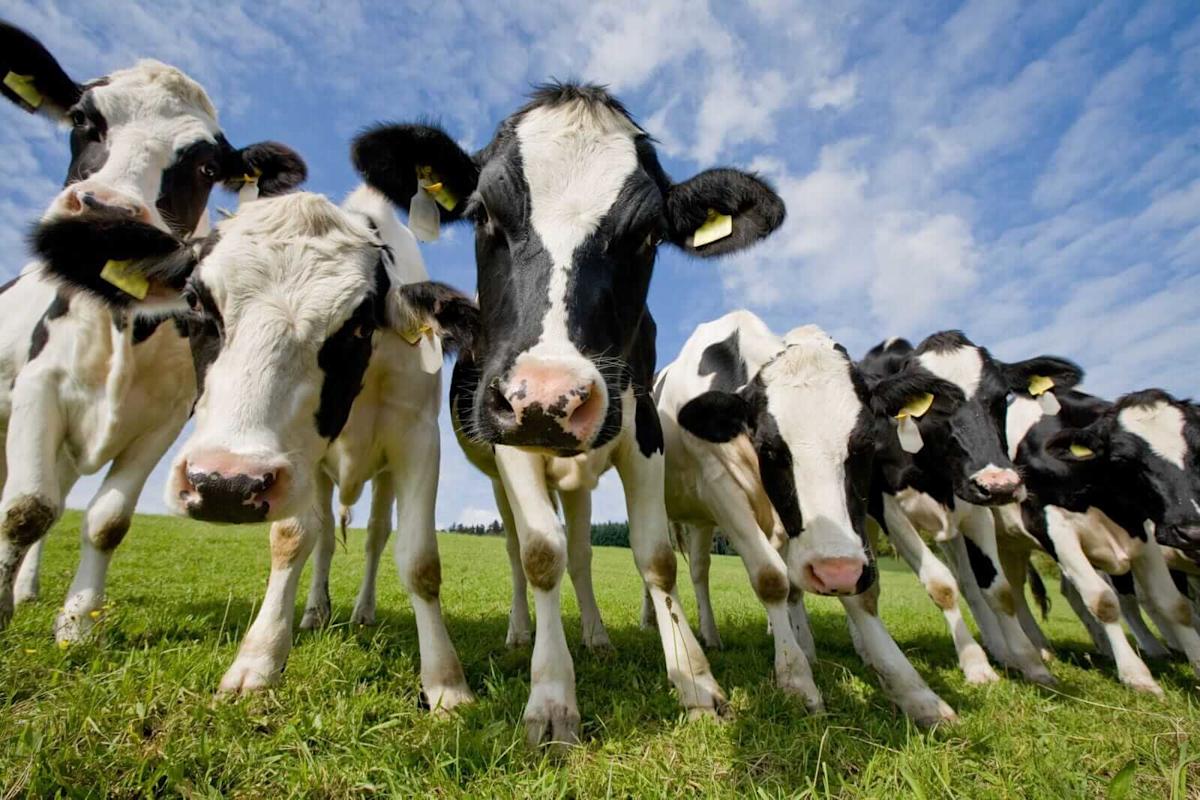The live (LEQ25) and feeder cattle (GFQ25) futures markets last week saw profit-taking from speculators and closed out the week with technically bearish weekly low closes on Friday. That suggests some follow-through, chart-based selling pressure early this week. The near-term technical postures for live and feeder cattle futures markets have started to slightly deteriorate. More importantly, the cash cattle (GFY00) (LEY00) and fresh beef markets are also showing mild signs of weakness.
The cash cattle trade as of midday Friday was relatively light. The USDA reported late Friday morning that steers were fetching an average of $238.00, while heifers averaged $237.00. The week prior’s average cash cattle trade was reported at $238.68, for an eighth straight week of record high average cash cattle prices. That streak is now in jeopardy. USDA will report its final cash cattle average trading price near midday Monday.
The fresh beef market is also starting to see prices slip. The boxed beef report Friday showed wholesale beef prices mixed, with Choice falling $3.29 to $390.50 and Select climbing $2.36 to $376.95. Select-grade reached a new for-the-move high Friday, after Choice-grade did the same Thursday.
Last Friday afternoon’s monthly USDA cattle-on-feed report showed U.S. cattle on feed down 1%, which was close to trader expectations. Cattle and calves on feed for the slaughter market in the U.S. for feedlots with capacity of 1,000 or more head totaled 11.4 million head on June 1, 2025. The cattle inventory was 1% below June 1, 2024. Placements in feedlots during May totaled 1.89 million head, 8% below 2024 and lower than market expectations. Net placements were 1.82 million head. During May, placements of cattle and calves weighing less than 600 pounds were 335,000 head, 600-699 pounds were 275,000 head, 700-799 pounds were 450,000 head, 800-899 pounds were 516,000 head, 900-999 pounds were 230,000 head, and 1,000 pounds and greater were 80,000 head. Marketings of fed cattle during May totaled 1.76 million head, 10% below 2024 and lower than market expectations.
Cattle producers and traders over the weekend were closely monitoring scorching heat in the U.S. Plains states. Temperatures near 100 degrees, heat indexes near 110 degrees, and high winds likely caused some livestock stress that will at least impact weight gain.







